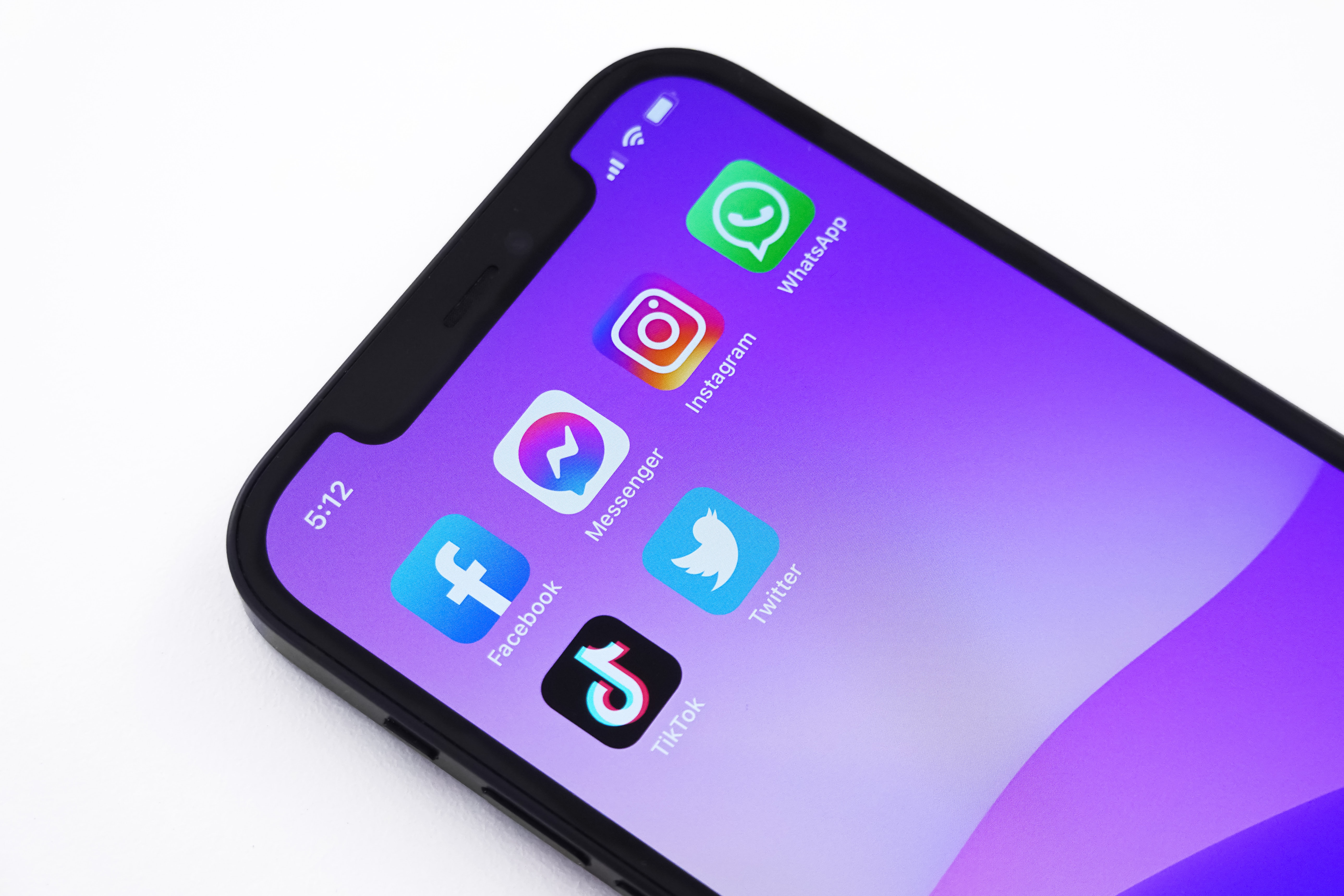It is 2022 now, and your social media presence from 2016 needs an upgrade. I get it- social media is evolving all the time, and keeping up with the newest layout changes or curating content more frequently can feel like a 9-5 job. But, it doesn’t have to feel that way, and by adding these steps into developing a strategy, your platforms will be your secret weapon to bring in business.

What should be considered when developing a strategy:
- Your audience wants to know you understand them.
Understanding your business’s audience is what will reflect in your content. Analyzing your audience’s demographics will help curate content that effectively gets your message across. It is almost like you are “mind-reading” what your consumers are looking for. If your business already has a site and platforms, it would be a good idea to set up Google Analytics and business profiles on your social media to analyze reports on your audience.
Once we understand whom your business is primarily targeting, we can start by seeing how your tone and message will reach them. All consumers want to feel that their needs are heard. One way to achieve this is by asking a questionnaire/or a Q/A on your platforms that ask them directly what they are looking for. For example, some questions can be “How has (your product) helped you?” or “How can we improve (your product)?”
- Brand’s tone
Is your company’s tone playful? Do you like to show your team being ~regular people~? Maybe your company leans towards a more practical manner, and you want to share infographics on your platform. Analyzing your platform’s content and what your audience interacts with most will reveal the direction to lead your content. Keeping a consistent tone and message will make your content more cohesive and keep the audience to be engaged. Too many tones and different messages conveyed will confuse your audience, and you will lose your brand’s credibility.
- Quality > Quantity
Creating quality content is more important than the goal of pushing out ten posts in one week. If you focus on posting content that is not engaging, reflecting any message, and more so shoving the content in your audience’s face, it could end with a couple of unfollows. Nobody likes to get on social media and be overwhelmed with content that makes them forget why they are even following you in the first place. Keep in mind when deciding what to share with your audience. If your tone and message are to be informative, then focus on an infographic with the goal in mind that people could share it. Come up with a few categories of what your posts will be centered around and what they won’t be. If your content doesn’t fall under one of those categories, then it might be a post to keep drafting.
- Follow a posting schedule.
Posting your content randomly at 4 am on a Tuesday and then 6 pm the following evening might not be reaching all of your audience. On the other hand, it might work for another company. The best way to determine what time to post and day-wise are to look at your analytics. You can see what times and days your audience is most active on social media. Testing out a plan for weekly posting can help determine if your content is reaching its full potential. It also is something that can change more often. Look into reviewing your plan every two weeks to see if changes need to happen. You will never set your posting schedule in stone for long periods.
- Don’t show love to just one platform.
Your TikTok content might not be fitting for your LinkedIn. The key is to lay out all the platforms you are using and decide what that presence will be. If your company has a LinkedIn, focus on keeping a professional setting with company articles or sharing other blog posts. If you want your TikTok to be more playful, then keep that content within that app. All platforms are not going to be conveying the same message. If you are posting the same content to all platforms, it will not always reach an audience effectively and is another way to lose interest in potential customers.
- Try it out!
Try it out once you have a strategy in mind with a goal. It’s okay if your first plan doesn’t go as successfully as you planned. Social media is constantly evolving, and so is your company. So the cool thing is you don’t have to stick with that plan! And if anything, you now have more data and information on what your consumers interacted with and didn’t. One strategy that works for one company might not be yours, and that is also okay. The important thing here is that you took the initiative to use your social platforms more effectively.


Leave a Reply